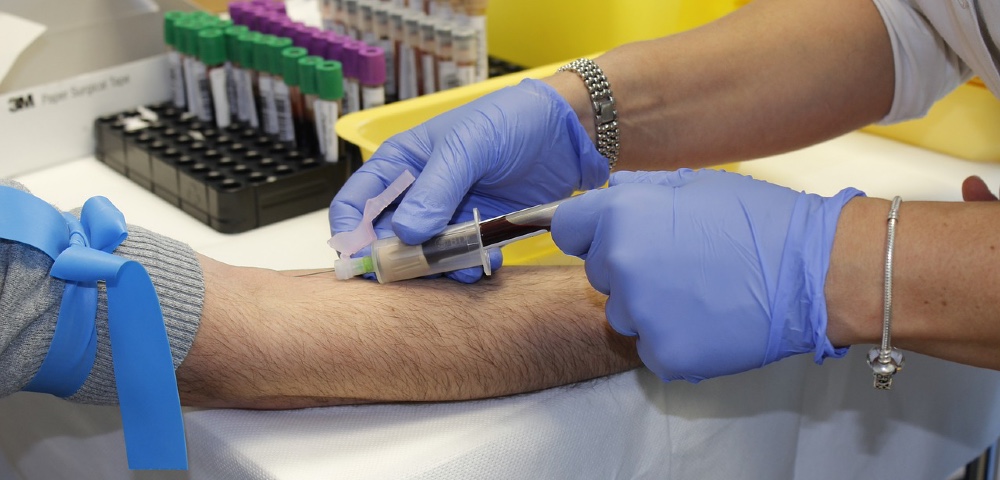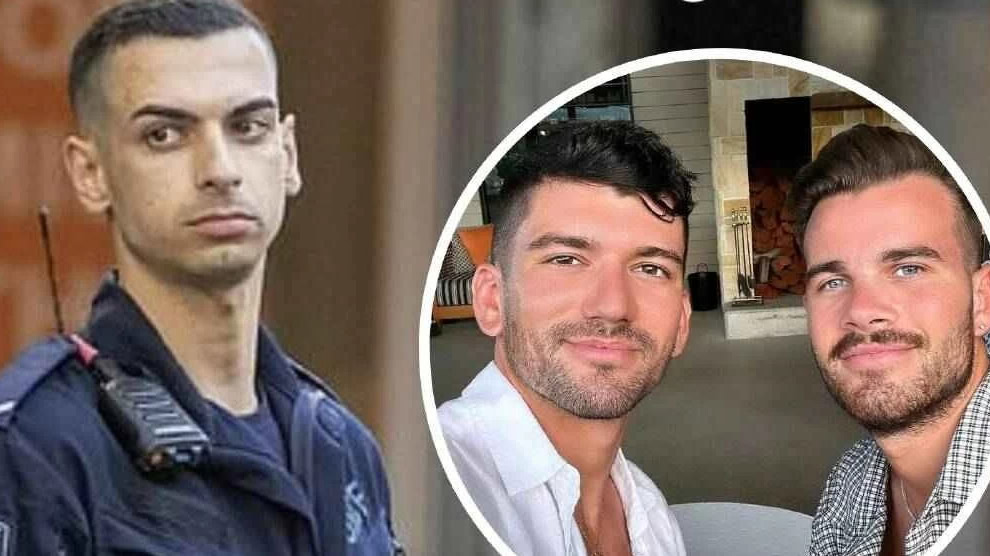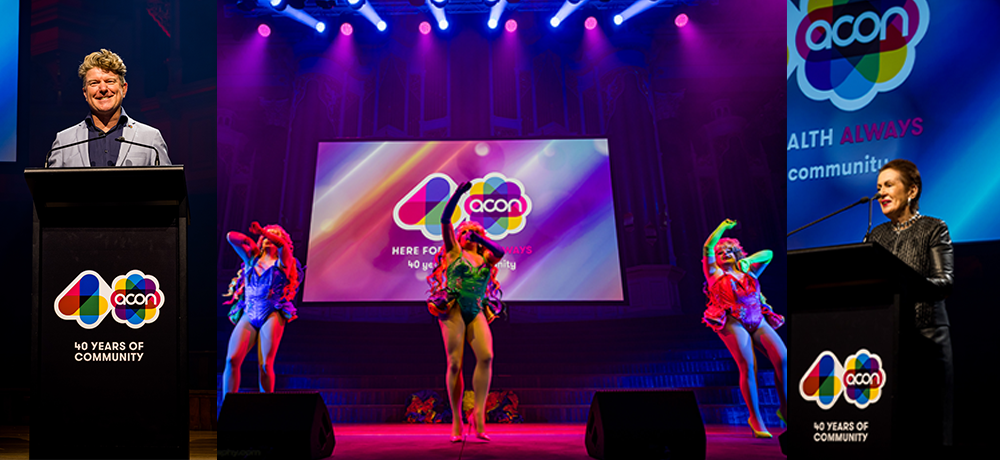
Gay Blood Ban: We Can Have A Safe Blood Supply And Donor Equality

Dr Sharon Dane & Rodney Croome
The Australian Lifeblood Service wants to replace an old form of discrimination against gay, bisexual and transgender people with a new one.
We disagree because both the science and the international experience show it is possible to have a safe blood supply and treat all donors equally regardless of sexuality or gender identity.
Lifeblood has asked the Australian Government to amend the blanket ban on gay blood donation so gay men, bisexual men and trans women who have sex with men (GBT donors), can give plasma but not whole blood. The so-called “plasma pathway” has been approved by the Government’s blood regulator, the Therapeutic Goods Administration.
Now, it will go to state and federal health ministers and the private blood trading company, CSL Behring, for their approval.
But there are significant problems with only allowing GBT people to donate plasma and not whole blood. While it may increase the supply of plasma it entrenches discrimination and misses an opportunity to tap into a new source of safe whole blood that will help save lives.
Gay Blood Ban
Currently in Australia, gay men, and bisexual men and trans women who have sex with men, are barred from blood donation.
They are required to be sexually abstinent for three months prior to donation, including those in long-term, monogamous relationships. That policy dates from the 1980s when a blanket blood donation ban was imposed on men who have sex with men to stop the spread of HIV through blood transfusion.
A lot has changed since then. Within just the last two years gay male blood donation has been allowed in the UK, Canada, the Netherlands, France, Germany, Greece, Israel and most recently the US.
Instead of barring GBT donors, these countries assess all donors for their individual risk, gay and straight, cis and trans. In the UK, Canada and the US all donors are asked if they have had anal sex with a new partner, or multiple partners, in the previous three months and are deferred if they say yes.
In other words, instead of turning away all gay men and allowing all heterosexuals through, like the current Australian policy, individual risk assessment screens out everyone who may be at risk.
Lifeblood’s Negative View
The Australian Lifeblood Service has taken an inexplicably negative view of this rational and proven approach. It has been claimed individual risk assessment will decrease the blood supply by removing heterosexual donors who engage in anal sex with new or multiple partners.
What Lifeblood is effectively saying is that heterosexuals should be allowed to donate even if they engage in risky behaviour. Australians would rightly be sceptical about this. Fortunately, science has a response to Lifeblood’s negativity.
The Canadian Blood Service conducted a survey at all its blood collection centres which found less than 1% of existing donors would be deferred under individual risk assessment screening. What’s more, this small loss would be addressed by gaining new, safe GBT donors.
Lifeblood also tries to justify the current ban by claiming some GBT people may inadvertently donate during the short period between when HIV infection occurs and when it is detected, referred to as “the window period”.

Lifting Gay Plasma Ban
But as the rate of new HIV infection in Australia has drastically declined among gay men, and blood screening technology has become more sensitive to detection, fears about window-period infections are no longer a convincing reason to exclude GBT people from blood donation.
Research from numerous countries that have lifted the ban has shown that the likelihood of a GBT donor who has recently acquired HIV infecting the blood supply is so low it is no longer deemed a meaningful risk.
Ignoring all this, Lifeblood remains committed to a gay “plasma only” donation policy. Plasma undergoes a different treatment process which renders it safer in terms of blood-borne diseases.
However, other countries that trialled the plasma-only option for GBT donors, notably Canada and Israel, quickly abandoned the idea and moved on to whole blood donation instead.
The Plasma Pathway
Why didn’t these countries go down the “plasma pathway”?
A longitudinal study from Canada found that many gay and bisexual male participants felt that a plasma-only policy would ultimately make them “second-class donors” by creating a two-tier system.
Instead of removing discrimination, plasma-only donation simply served to highlight it. As one participant in the study explained it would result in an “us vs. them” system.
Put simply, plasma-only donation is to gay blood donation what civil unions were to marriage equality: an unsatisfactory substitute for true equality. Many gay and bisexual men in the Canadian study also pointed out that, while donating plasma was a good thing to do for those in need, plasma donation was more difficult and inconvenient than whole-blood donation.
Plasma donation involves a more complex process and takes more time, with these factors acting as a deterrent to donors. In short, the “plasma pathway” is a dead-end.
Don’t get us wrong, we welcome a possible increase in plasma supplies, but that increase can and should happen without continuing discrimination against gay, bi and trans people.
Individual Risk Assessment
Why hasn’t the Australian Lifeblood Service learnt from the failure of the plasma-only option overseas? Why is it so staunchly against individual risk assessment when that policy is working so well in many other countries, including those similar to Australia?
And why does it think the LGBTIQA+ community, which is all too familiar with “separate and unequal”, will embrace the “plasma pathway” as a substitute for full equality?
These are all questions we will be putting to Australia’s health ministers as they consider Lifeblood’s proposal. Most of all, we will be reminding health ministers that Australia needs more whole blood, that each whole-blood donation can save three lives and that thousands of GBT people are ready to donate whole blood with no risk to the safety of the blood supply.
It’s time for Australia to stop mucking about with “pathways” that lead nowhere and move instead toward the policy that offers a new source of safe whole blood and treats everyone equally.
Social science researcher Dr Sharon Dane and LGBTQI advocate Rodney Croome are both members of Just.Equal Australia’s Let Us Give campaign.









